“Time is ticking” - Is Primoz Roglic on the decline after Giro d’Italia disaster?
CyclingFriday, 30 May 2025 at 15:00
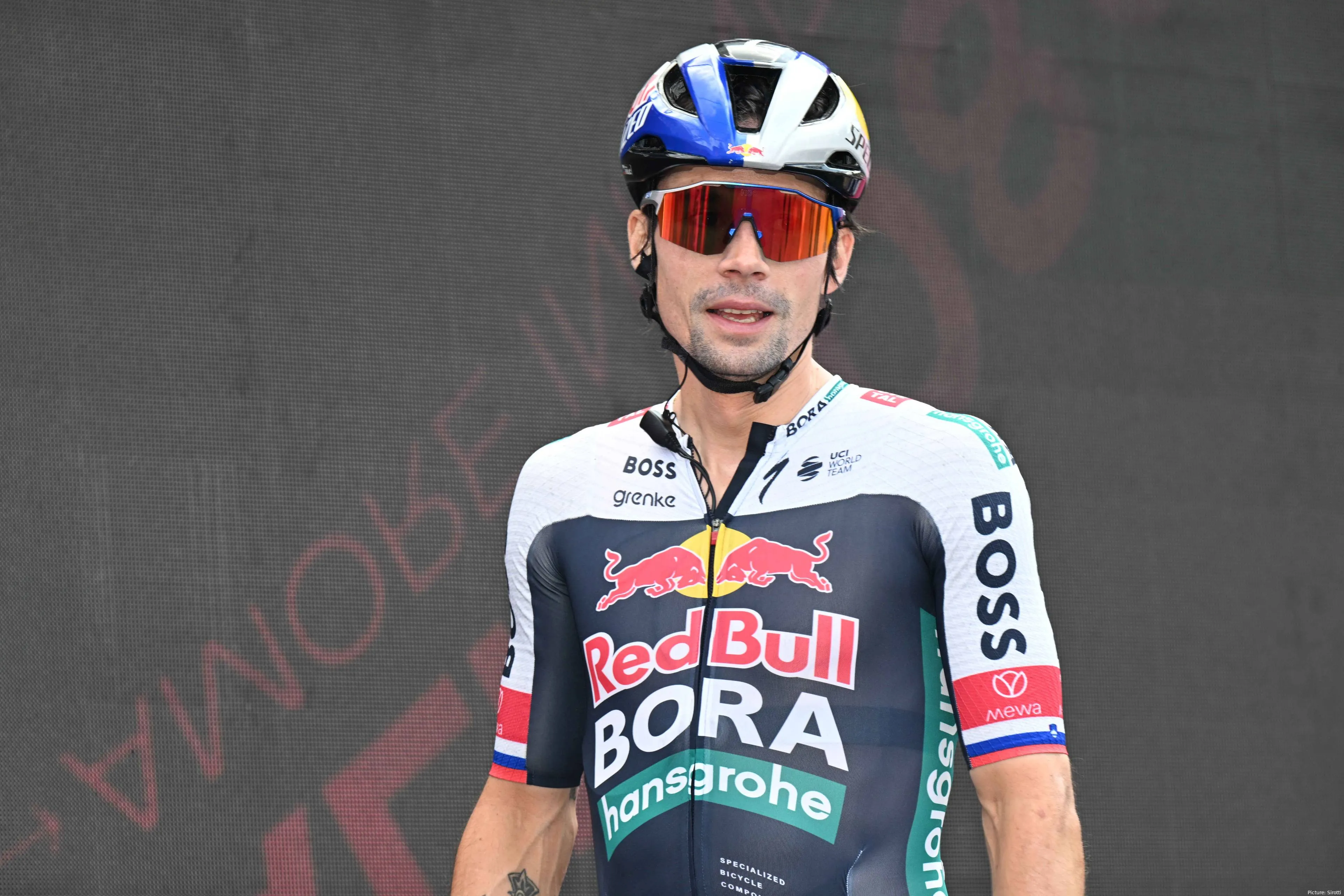
Two years after his triumphant ride in Rome, Primoz Roglic
returned to the Giro d’Italia in 2025 with high hopes and even higher
expectations. Backed by the might of Red Bull – BORA – hansgrohe and billed
once again as a favourite for pink, the Slovenian instead endured one of the
most damaging grand tours of his career, and this is certainly saying something.
Four crashes across three weeks, no stage win, and ultimately, abandonment on
Stage 16.
The scenes were depressingly familiar. In Wielerflits,
veteran Belgian journalist Hugo Coorevits captured it best: “Images of the
abandonment of a top favourite during the race are always shot hastily… the
rider silently gets into the car, his head bowed.” It was, as Coorevits pointed
out, “already the fifth time that he had to abandon the battle in this way in a
major tour.”
Read also
That line stings, not because it's unfair, but because it's
true. The Giro 2025 didn’t just mark a defeat; it’s a continuation of a brutal
pattern. Roglic’s palmares is the stuff of legend, four Vueltas, one Giro, an
Olympic title, his Grand Tour story has long teetered between brilliance and misfortune.
His resilience is legendary, but by definition, follows trauma. And Roglic has
had more than his share.
Coorevits reflects on a telling moment from last year’s
Critérium du Dauphiné, when Roglic insisted on starting a stage despite a heavy
fall the previous day. “Even though he could not even reach into his back
pocket with his left arm to get some food,” Coorevits recalls, “Primož did not
want to give up.” That stubbornness, once seen as a strength, now raises a more
uncomfortable question: is he fighting battles his body no longer wants?
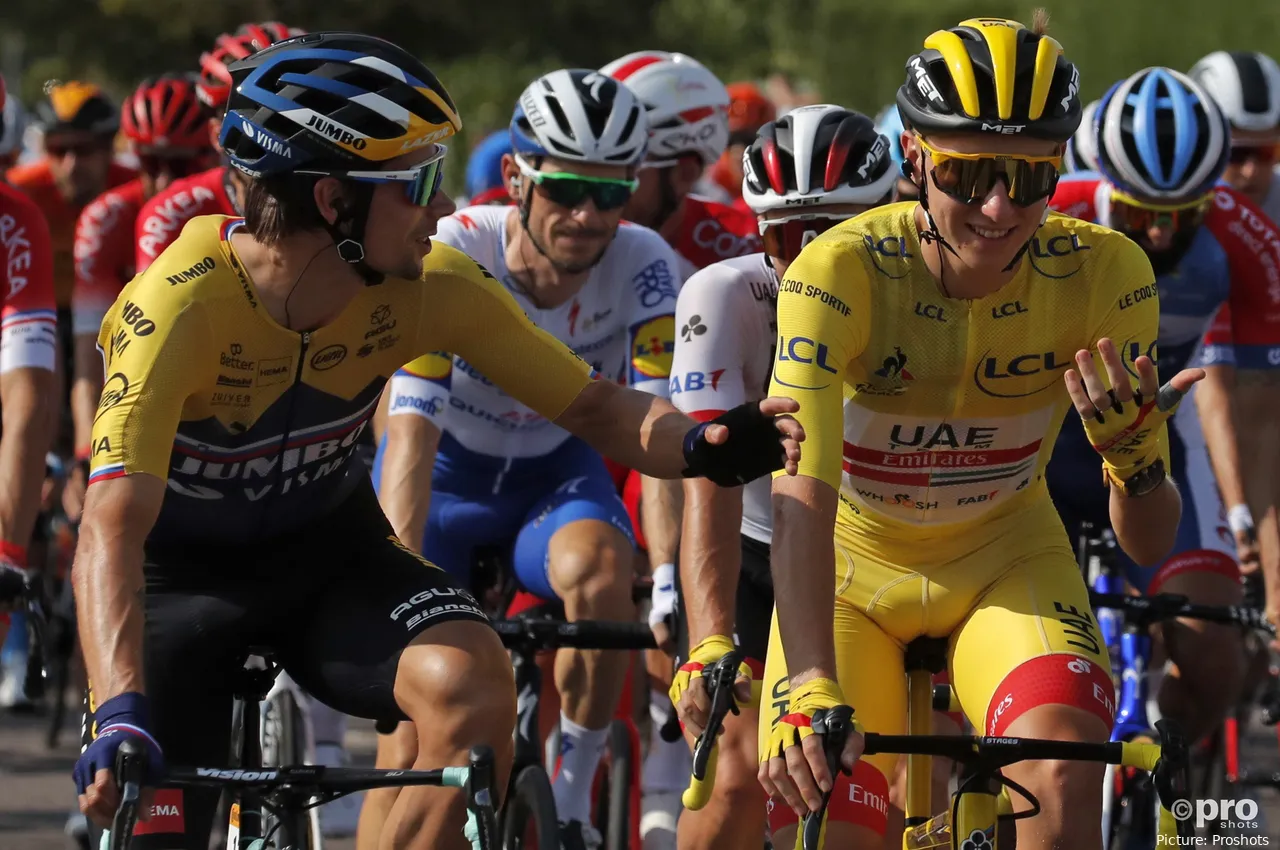
Roglic is set to return to the Tour in July
Roglic’s 2025 Giro never looked convincing. There were
crashes no one saw clearly, as Coorevits notes: “There is often a haze of
uncertainty surrounding Rogla's falls. Rarely, if ever, are they properly
captured on film.” The crash on the gravel in Tuscany, the recon incident
before the second time trial, the spill in Gorizia, each one chipped away at
his chances and, perhaps, his confidence.
The clearest sign something was wrong came before his
withdrawal. “He never sprinted for the bonus seconds,” Coorevits points out.
For a rider who built a career on collecting marginal gains, snatching seconds
wherever possible, that silence was deafening.
Still, the speculation around Roglic’s future erupted the
moment he left the race. “He’s done,” claimed a young podcaster, quoted by
Coorevits. But the Belgian journalist was quick to push back: “Maybe. But I
think it’s too early for such assertive statements.” And he’s right, remember
less than a year ago Roglic bounced back from another Tour disaster to win the
Vuelta.
Read also
He turns 36 in October. And while age doesn’t define a
cyclist’s end, it certainly narrows the runway. “Time is ticking,” Coorevits
acknowledges, adding that Roglic’s dream of winning the Tour still burns bright,
especially after the heartbreak of 2020, when he lost yellow to Tadej Pogacar
in the now infamous Planche des Belles Filles time trial.
But the landscape has changed. Back then, Roglic looked like
the most complete GC rider in the world. Now, he’s one of four or five
outsiders behind the trident of Pogacar, Vingegaard, and Evenepoel. Maybe the
question we should be asking ourselves is would Roglic still be going if he had
won that Tour title in 2020?
Coorevits closed with a poignant reference to another
cycling legend, “Miguel Indurain is the most striking example: in the Tour in
1996 he was outpaced by Bjarne Riis, and in the subsequent Vuelta a España he
turned around during a stage and cycled back to the hotel. ‘Miguelón’ had
understood that his time was up.”
Read also
claps 2visitors 2
Just in
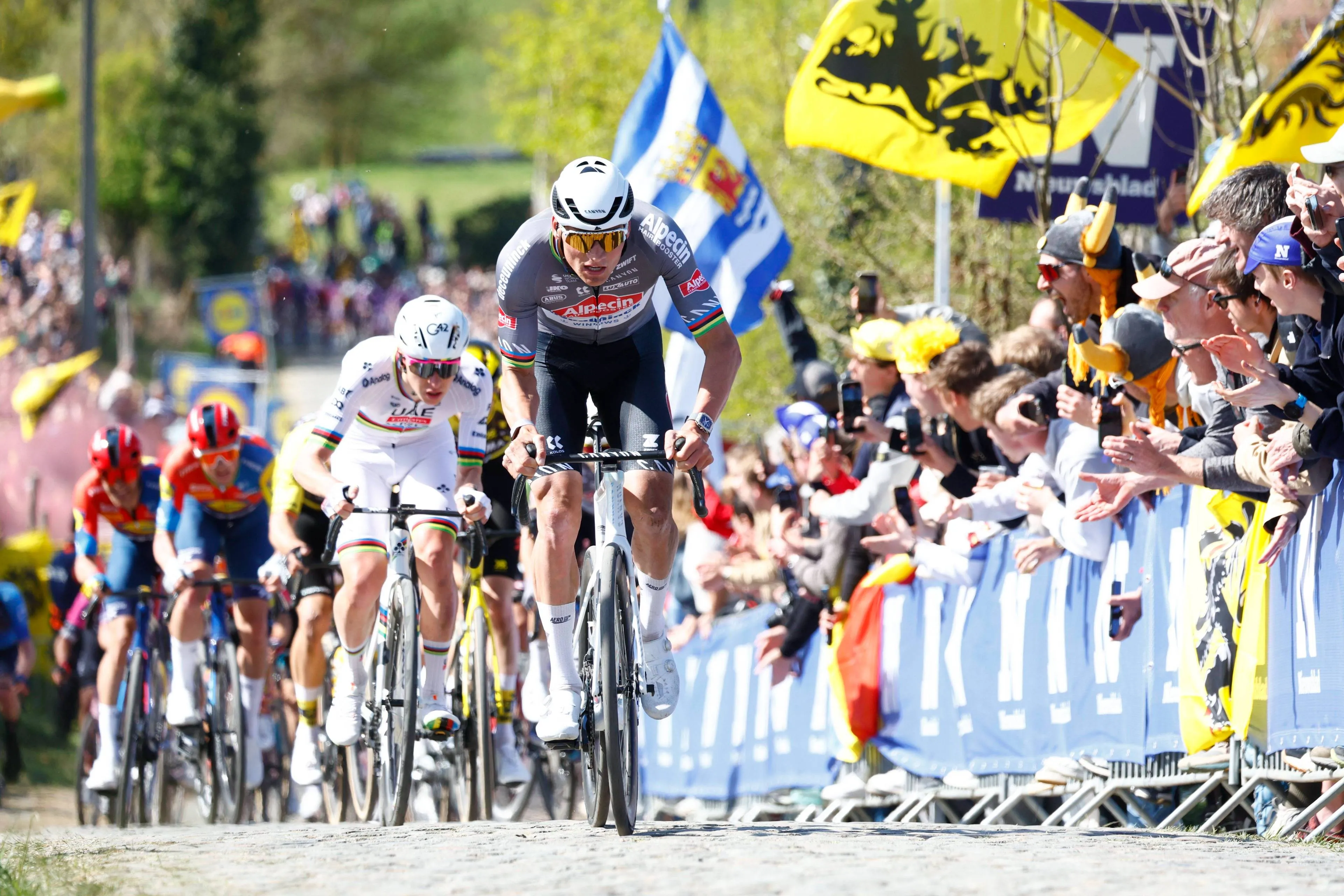
Subscribe to our Daily Newsletter today!
May 12, 11:09
0
Popular news
Latest comments
- Just sore loser crying by Wright. He should just step up his game instead of complaining about high pace up the climbs. He is also yet to apologize to Roglic for taking him out of that Vuelta. Just not really a likeable character..
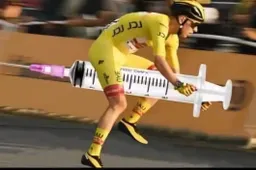 UltimateOpportunist09-06-2025
UltimateOpportunist09-06-2025 - Another 'analyst' with too much spare time on their hands.
 santiagobenites09-06-2025
santiagobenites09-06-2025 - I think so too, If Remco hadn't been in that group with them pulling them to the line they would have been caught and VDP would have probably won the stage.awp09-06-2025
- What is the word "Demanding" doing in the heading of this article? Did I miss something?Ride197409-06-2025
- Would Pog. ride the same if with children, prob. yes, JV, only does 1 race and isn't as good as Pog end of!
 leedorney09-06-2025
leedorney09-06-2025 - Dont do leadout for Phillipsen otherwise it is going to be another wasted TDF MVDP can afford to take these risks since come spring he wins monumentsabstractengineer09-06-2025
- In case, someone misunderstood, I was referring to the YouTube video "Causally Explained: Cycling". It is a satire.
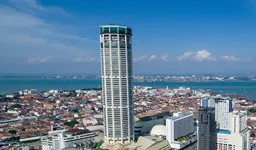 KerisVroom09-06-2025
KerisVroom09-06-2025 - I see. Now, I know why Wout lost to MVDP so often. This article feels like a copy of Casually Explained: Cycling. In short, pregnant women are not aero. So serious cyclists should shun away from them.
 KerisVroom09-06-2025
KerisVroom09-06-2025 - Commentators, experts, journalists, a bunch of desperate people creating hate and gossip for a click ( for money). Stop.
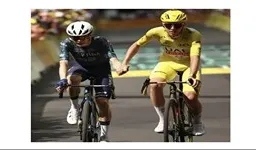 maria2024202409-06-2025
maria2024202409-06-2025 - Only 1 position matters.. pseudo journalists and bloggers can spin as much as they like reality is Pogacar is in Yellow and Green after winning the stage.. THATS what mattersslappers6609-06-2025

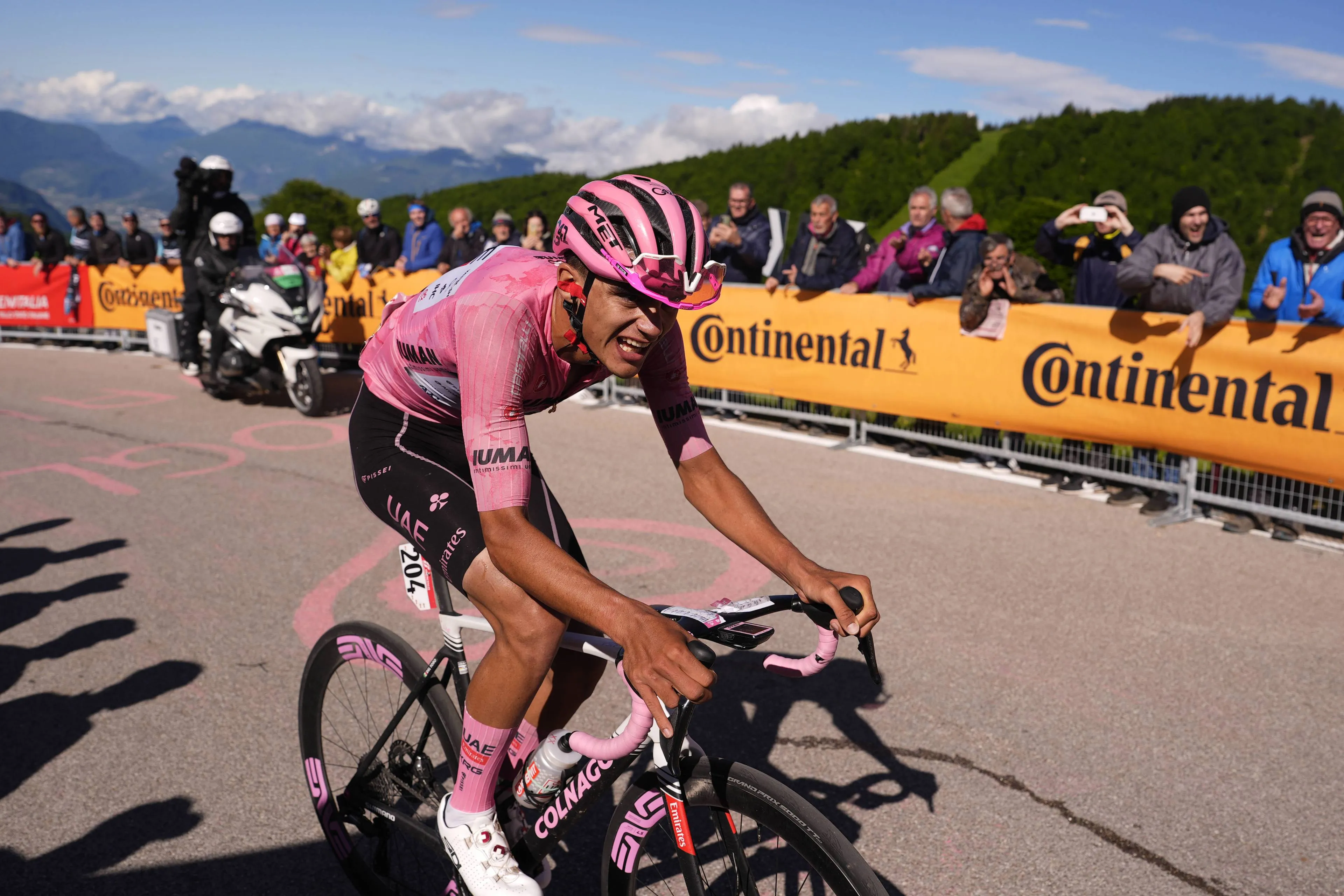
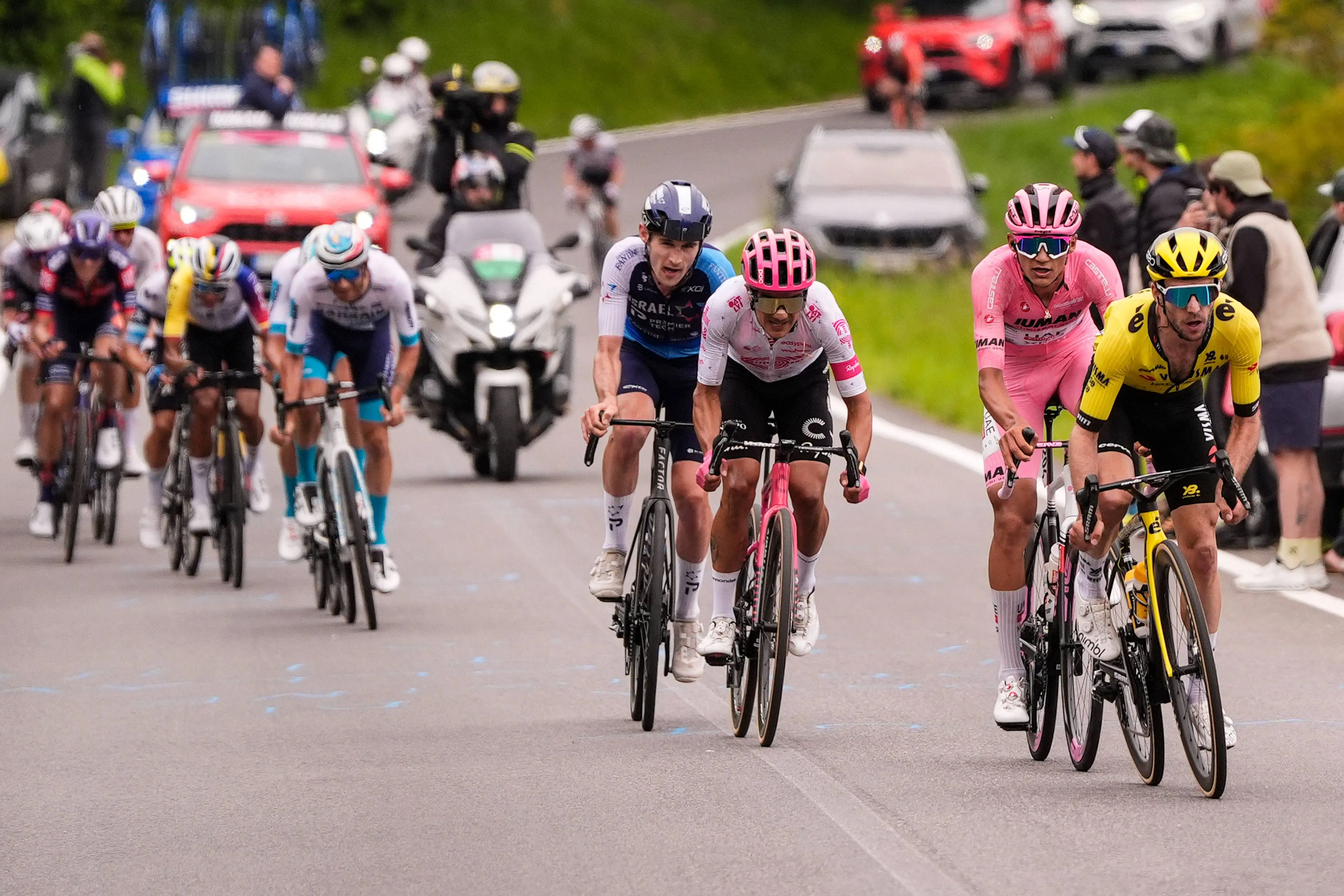
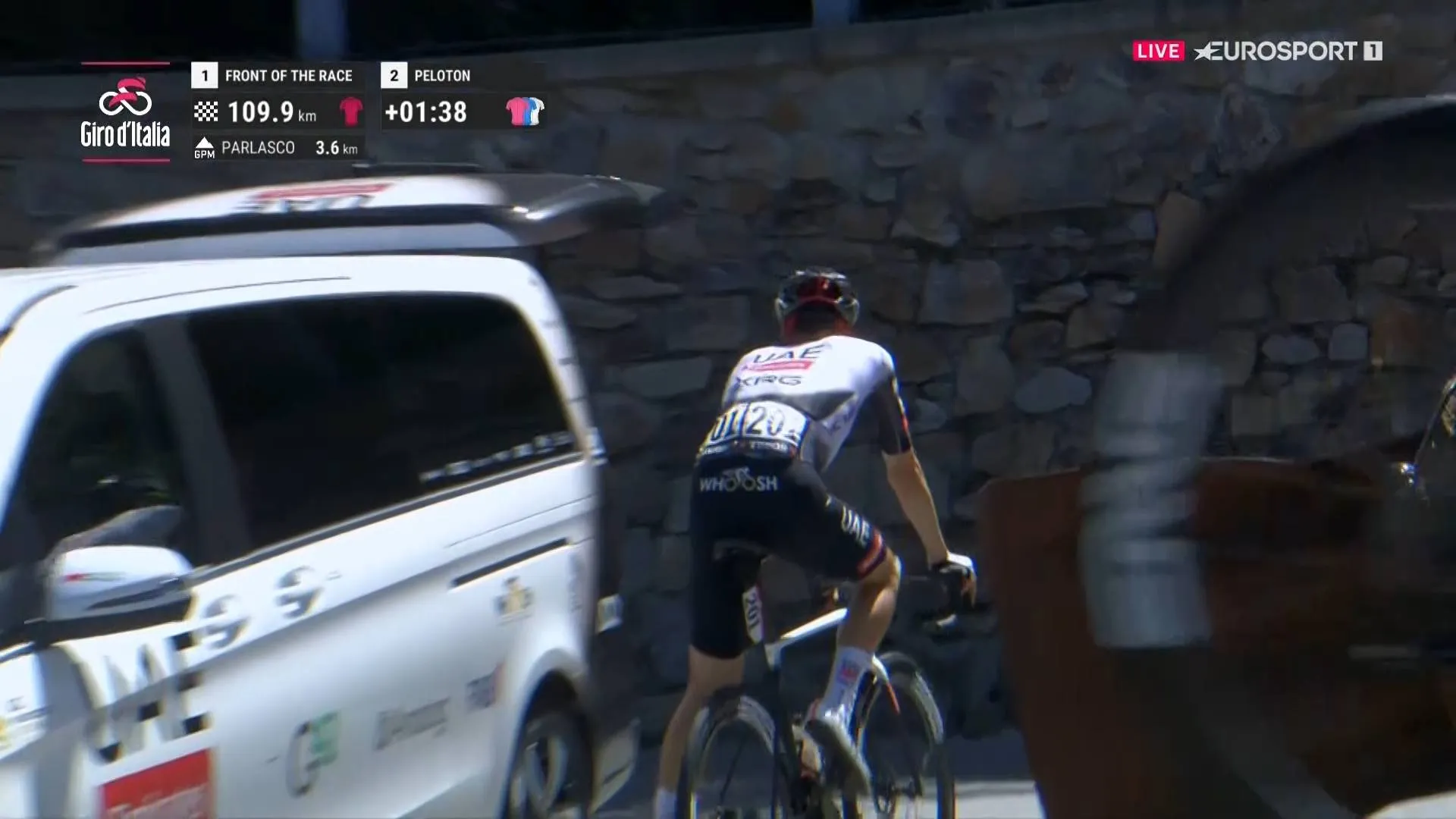


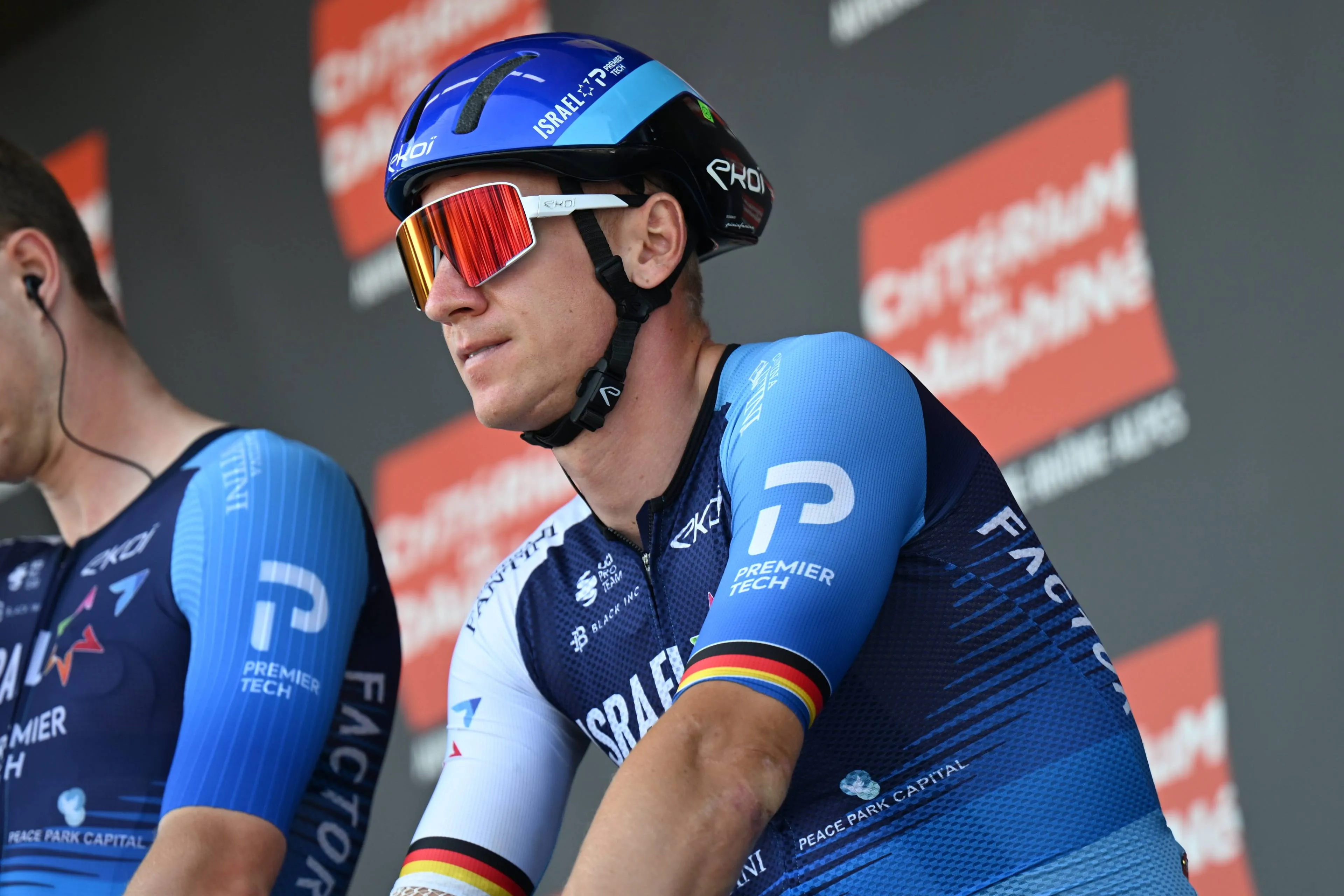
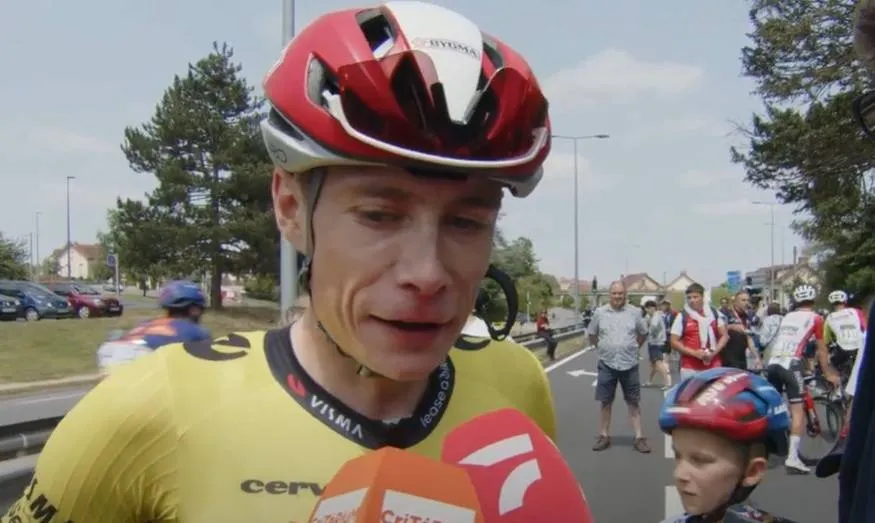
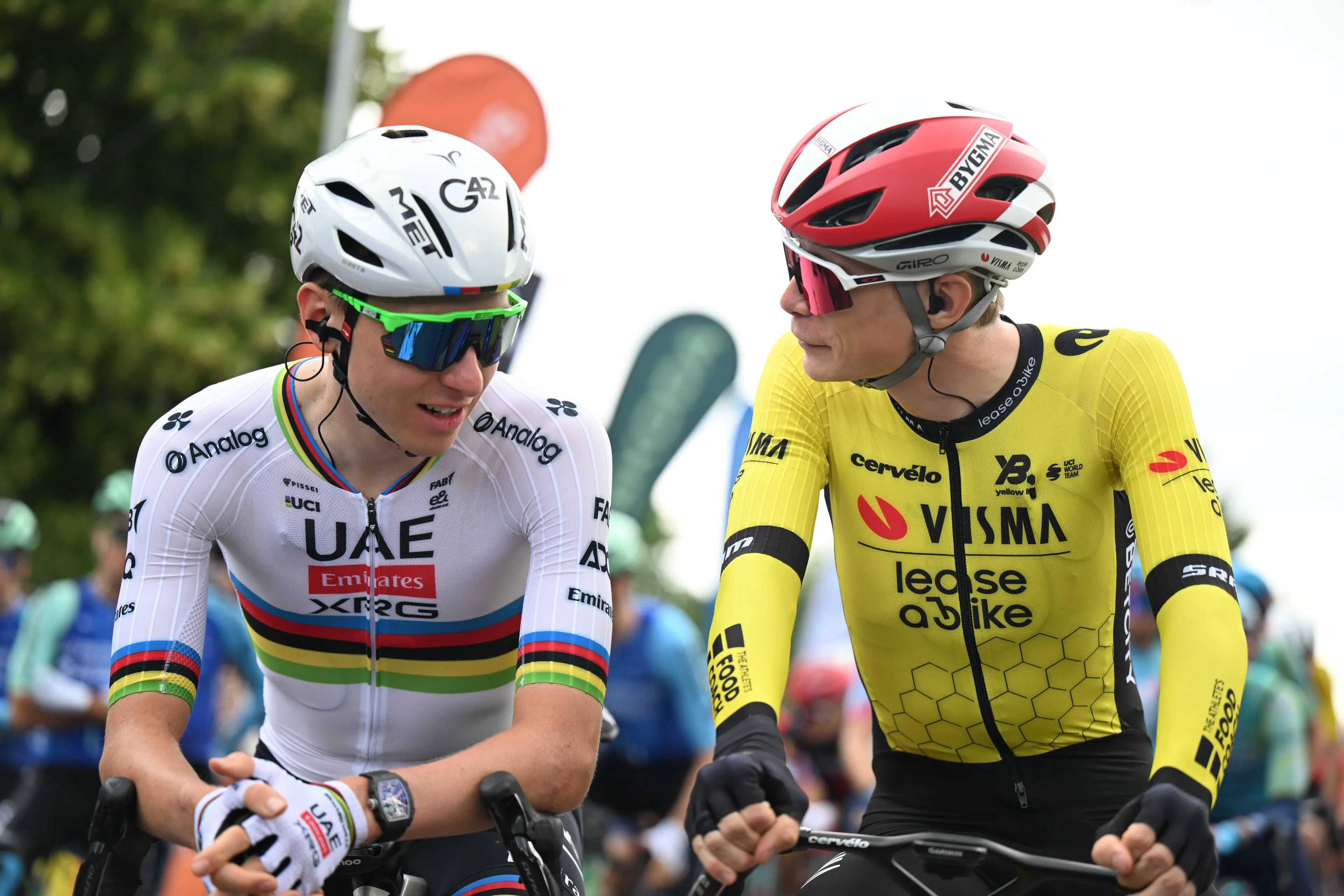
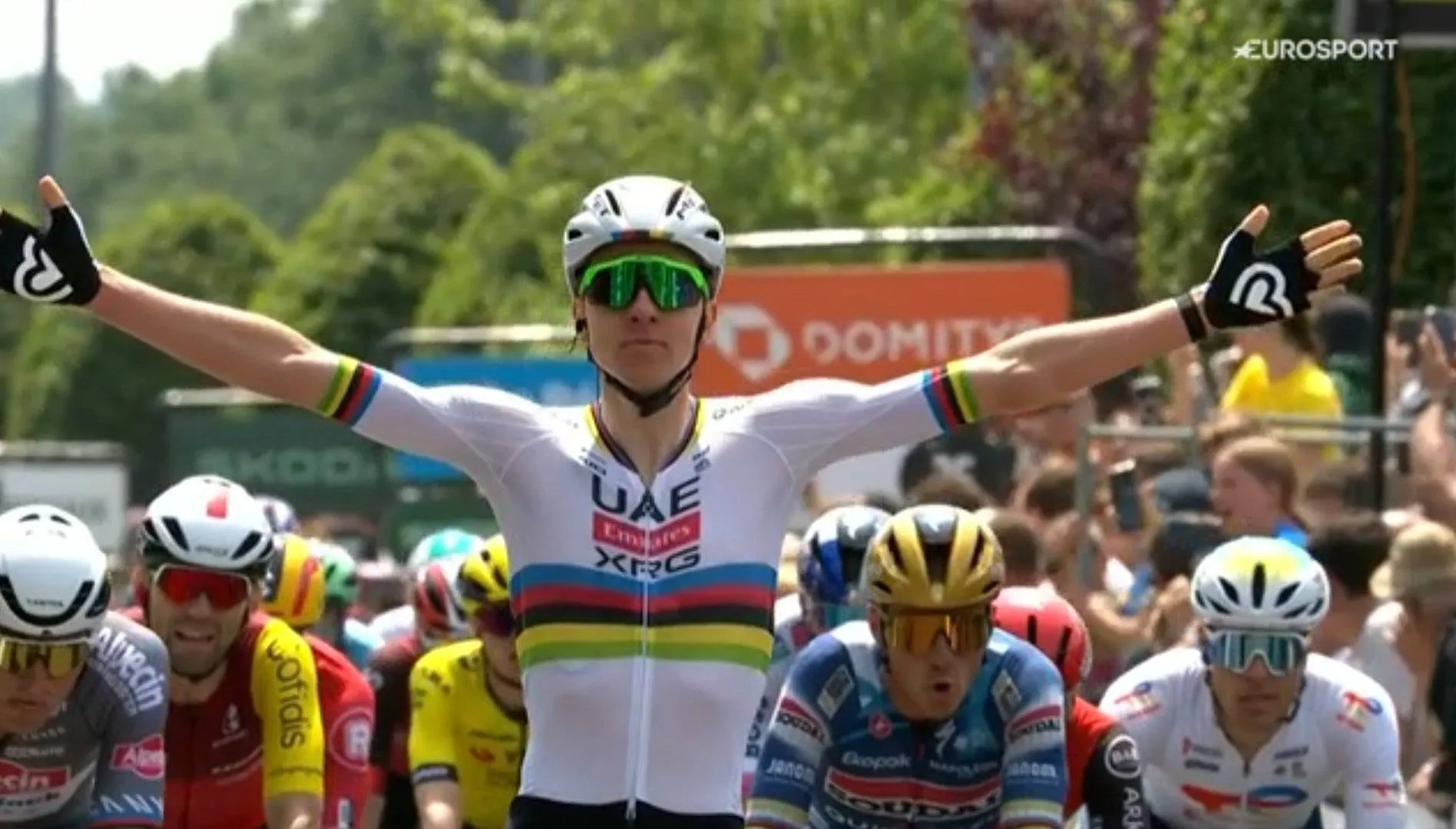
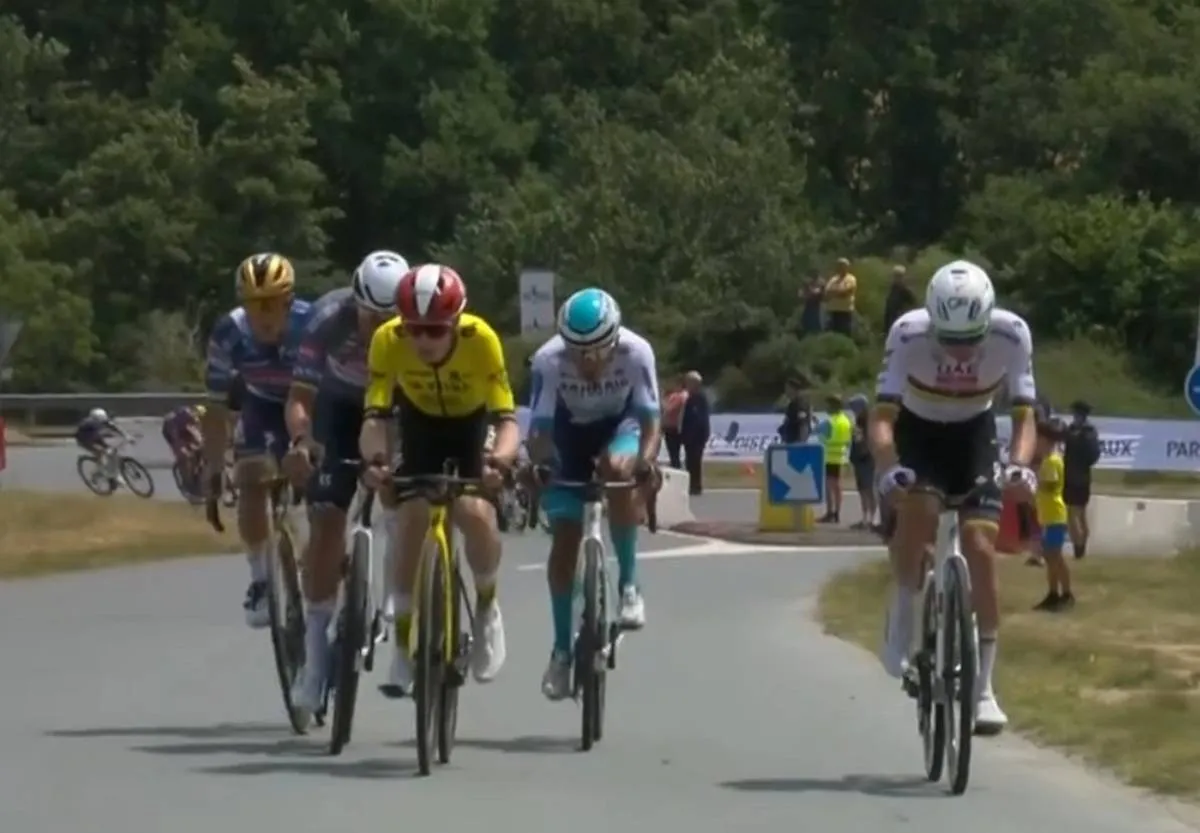
He was dominant in the 2020 Tour, shepherded by a dominant team. Pogacar stayed close. No one could have predicted how a superstar could emerge in that final time trial.
Yep, one year out of sync.